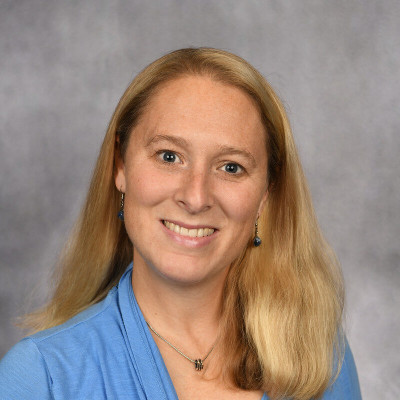Amanda Armstrong is a Senior Research Scientist working in NASA Goddard’s Earth Science Technology and Research (GESTAR) Program since 2015. Prior to her position with UMBC-GESTAR II, she was a postdoctoral research fellow in the Biospheric Sciences Lab at NASA’s Goddard Space Flight Center (GSFC) with the NASA Postdoctoral Program. Dr Armstrong received her doctorate in Environmental Sciences from the University of Virginia with a focus on forest ecology, remote sensing and high-resolution forest modeling.
The aim of Dr. Armstrong’s recent work within NASA’s Arctic-Boreal Vulnerability Experiment (ABoVE) Program is to understand the rates and drivers of tundra-taiga ecotone shift, using high resolution modelling and remote sensing. She also has worked as part of a research team at the University of Virginia funded by NASA’s Applied Sciences program, using the latest tools in Google Earth Engine to create a process stream to calculate and study Ecosystem Functional Types (EFTs) for the circumpolar Arctic Tundra using optical sensor data (MODIS, Landsat).
Her other areas of research interest include: the application and fusion of high-resolution forest models with remote sensing data products to improve estimates of vegetation structure, carbon stocks and land cover change at multi-temporal and multi-spatial scales; and the development and use of high-resolution remote sensing data products toward the improvement of metrics and understanding of forest structure and biodiversity.

